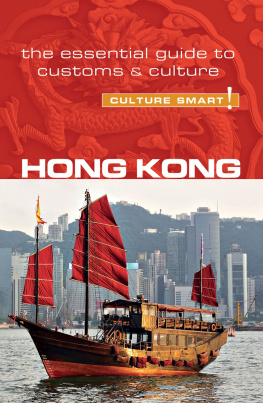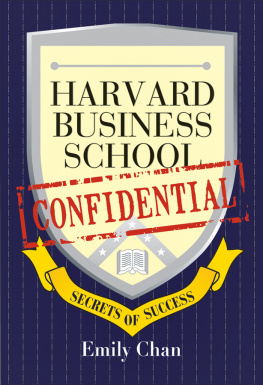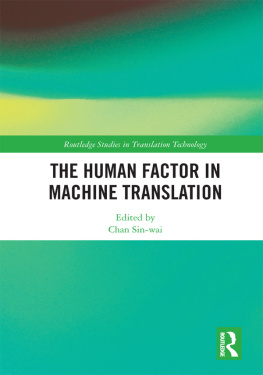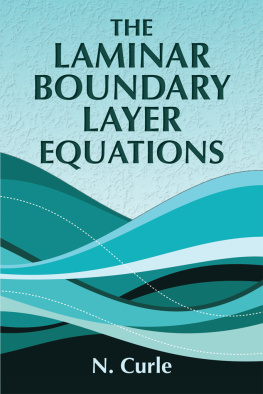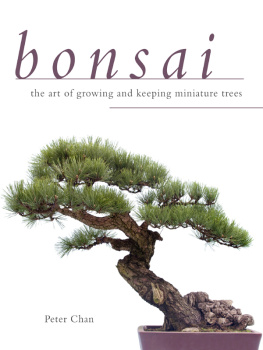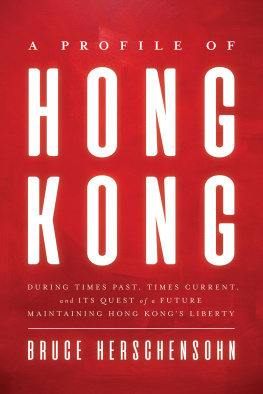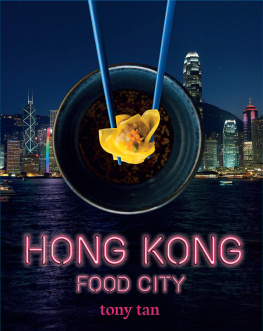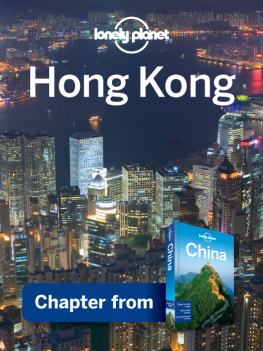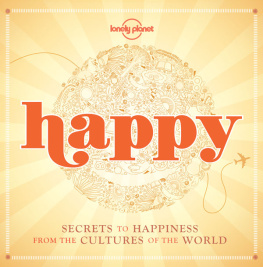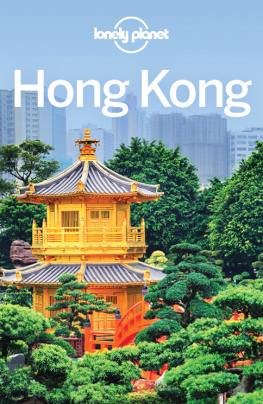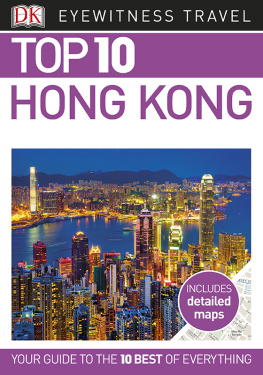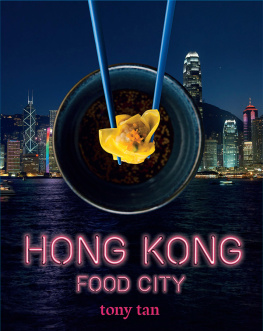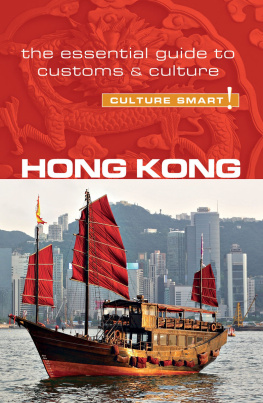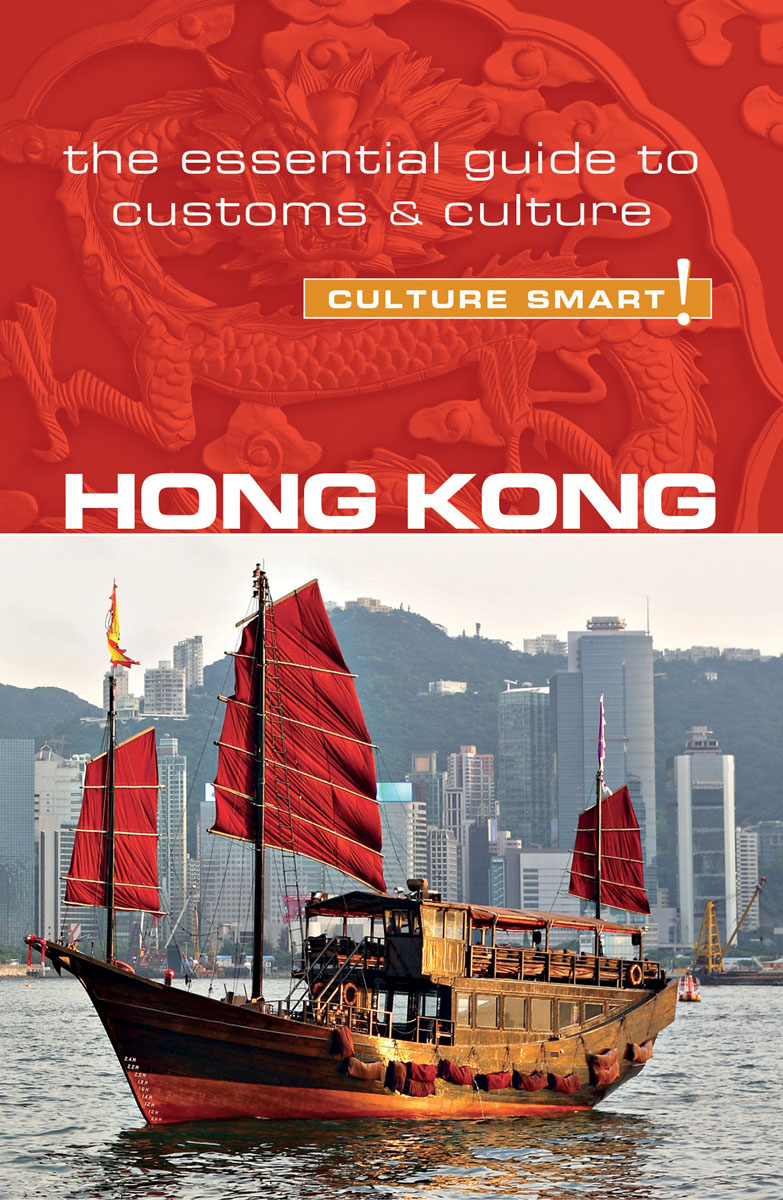
This book is available for special discounts for bulk purchases for sales promotions or premiums. Special editions, including personalized covers, excerpts of existing books, and corporate imprints, can be created in large quantities for special needs.
For more information contact Kuperard publishers at the address below.
ISBN 978 1 85733 869 0
British Library Cataloguing in Publication Data
A CIP catalogue entry for this book is available from the British Library
First published in Great Britain
by Kuperard, an imprint of Bravo Ltd
59 Hutton Grove, London N12 8DS
Tel: +44 (0) 20 8446 2440 Fax: +44 (0) 20 8446 2441
www.culturesmart.co.uk
Inquiries:
Series Editor Geoffrey Chesler
Design Bobby Birchall
Printed in Malaysia
Cover image: Tourist junk in Hong Kong harbor. Shutterstock
Images on Shutterstock.
Images on the following pages reproduced under Creative Commons Attribution-Share Alike 4.0 International license: Cymsingao nom.
Reproduced under Creative Commons Attribution-Share Alike 3.0 Unported license: No machine-readable author provided. Enochlau assumed (based on copyright claims).
Creative Commons Attribution-Share Alike 2.0 Generic license: pete.
Creative Commons CC0 1.0 Universal Public Domain Dedication: , The Photographer.
About the Author
CLARE VICKERS is an English writer who lived in Hong Kong for eighteen years. Her husband was a member of the Hong Kong government until 1997, and contributed to the history and government sections of this book. She has a degree in modern languages and has written several dictionaries and textbooks for Hong Kong schools, had a column in the educational section of the South China Morning Post, and is the author of Escape, a Story of Wartime Hong Kong, written for Hong Kong teenagers.
VICKIE CHAN is a Hong Kong-based writer, illustrator/artist, and creative director who was educated and grew up in the United Kingdom. After a lifetime of traveling between West and East, she settled in Hong Kong in 2006. Since then she has written for the South China Morning Post, China Daily, Gafencu magazine, and the Hong Kong Trade Development Council, among others. Her main focuses are on art and design, education, culture, lifestyle, travel, and digital.
The Culture Smart! series is continuing to expand. All Culture Smart! guides are available as e-books, and many as audio books.
For latest titles visit
www.culturesmart.co.uk
The publishers would like to thank CultureSmart!Consulting for its help in researching and developing the concept for this series.
CultureSmart!Consulting creates tailor-made seminars and consultancy programs to meet a wide range of corporate, public-sector, and individual needs. Whether delivering courses on multicultural team building in the USA, preparing Chinese engineers for a posting in Europe, training call-center staff in India, or raising the awareness of police forces to the needs of diverse ethnic communities, it provides essential, practical, and powerful skills worldwide to an increasingly international workforce.
For details, visit www.culturesmartconsulting.com
CultureSmart!Consulting and CultureSmart! guides have both contributed to and featured regularly in the weekly travel program Fast Track on BBC World TV.
contents
Map of Hong Kong

introduction
Hong Kong is unique. Its geography and history have given it a surprisingly important role in the world. Its historic role as a primary link for the world to China and the outpost of the West in the East is still relevant, despite the opening up of China to Western companies and competition with Singapore in certain industries.
Culturally, Hong Kong is rooted in the traditions of China, but there is more than a patina of Westernization. Nearly all the population have come to the territory in the last hundred years, most from southern China, but substantial numbers from the rest of China, from the rest of Asia, and from beyond. They came to a well-run, orderly place and found its comparative stability and the rule of law conducive to the oldest professiontrade.
Trade is everywhere. In addition to the myriad shops and stores, street markets and food stalls operate around the clock. Trade is the lifeblood of Hong Kong, and talk is the oxygen that fuels it.
The Hong Kong people are many and various. The substantial majority are Cantonese, entrepreneurial and industrious people from the farms and villages of the huge neighboring province of Guangdong. They brought with them a varied cuisine that is often acknowledged as the best in China, seeing themselves as the French do in Europe. Their style is open and extroverted compared to the more dignified and serious northerners. Restaurants and shopping malls overflow with families and groups of friends, talking incessantly and missing no opportunity for a bargain. In the unlikely event that a Hongkonger is alone for a few brief moments, he or she will be engaged with their cell phone. Silence is not a preferred option.
Taking their style from the Cantonese, other settlers from around the world have come to trade and prosper. There are more holidays in the Hong Kong calendar than in any other place in the world, and most holidays are celebrated in the streets or in the parks, out with friends, snacking and having fun.
This guide will give you a quick in to the multifaceted community and way of life of this vibrant territory. You will find helpful advice on business and meetings, and on social etiquette. You will find the confidence to participate rather than merely to observe. In even a short trip, you can become part of the community life of the Hong Kong people. Private life, however, is a different matter. It is something few outsiders ever share, and it is a real privilege if you do become an insider. In this guide, we hope to give you a few pointers to gaining closer access to it.
Key Facts
Official Name | Hong Kong Special Administrative Region of the Peoples Republic of China, or Hong Kong SAR | Cantonese name: Heung Gong. Mandarin name: Xiang Gang |
Main Districts | There are 18 districts, the most well-known being Central & Western and Wan Chai on Hong Kong Island; Yau Tsim Mong, Kowloon City; Sham Shui Po, Kowloon; and Tsuen Wan in the New Territories. |
Area | 411.68 sq. miles (1,066.53 sq. km |
Terrain | Mountainous to hilly, with over 200 rocky islands and a natural harbor |
Climate | Tropical monsoon. Cool and dry in winter, warm and rainy in spring, hot and humid through summer, warm and sunny in fall |
Population | Just under 7.4 million | Probably the highest density in the world at 6,800 people per sq. km |
Ethnic Makeup | 92% Cantonese-speaking Chinese, 8% other |
Average Age | 43.6 |
Next page
